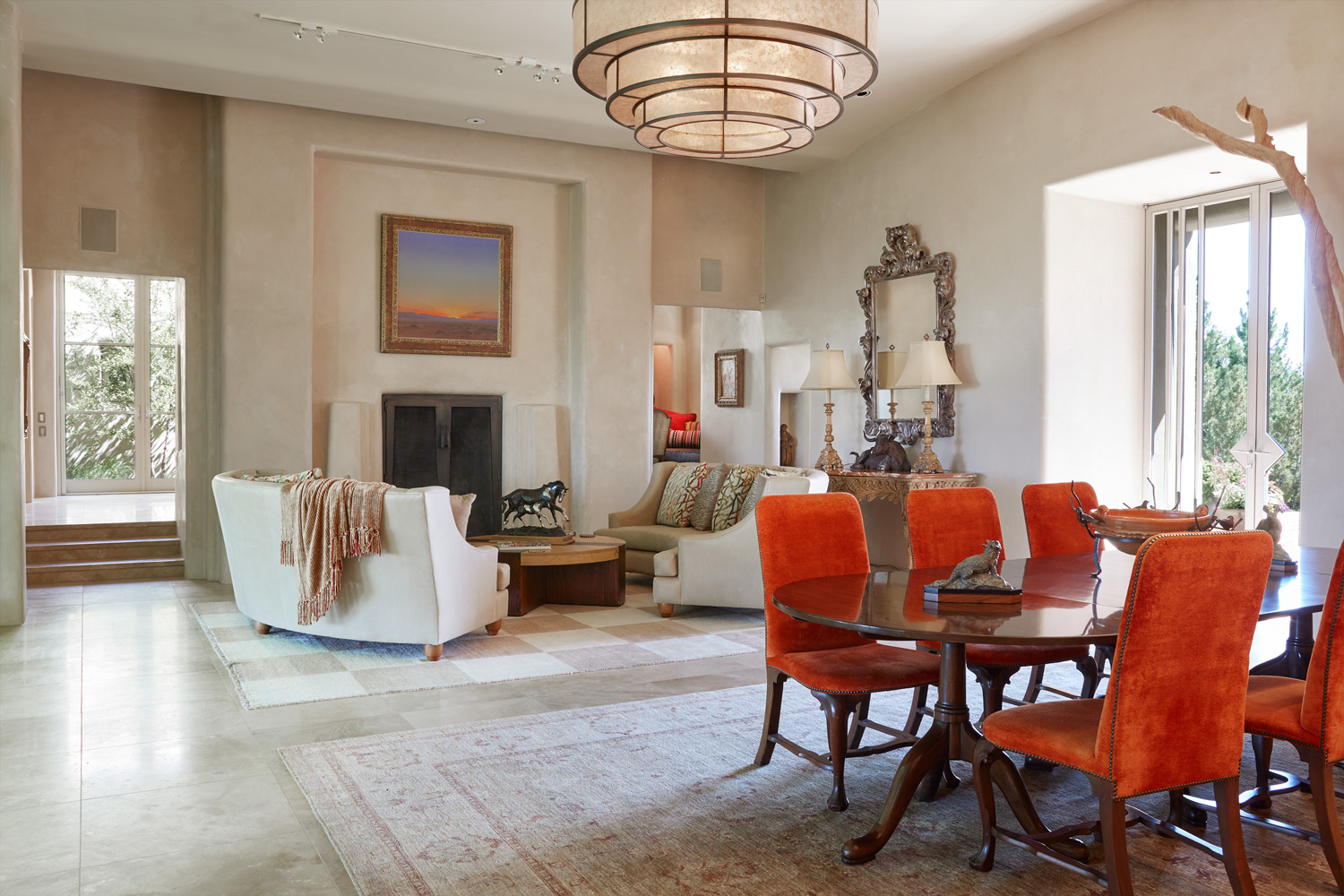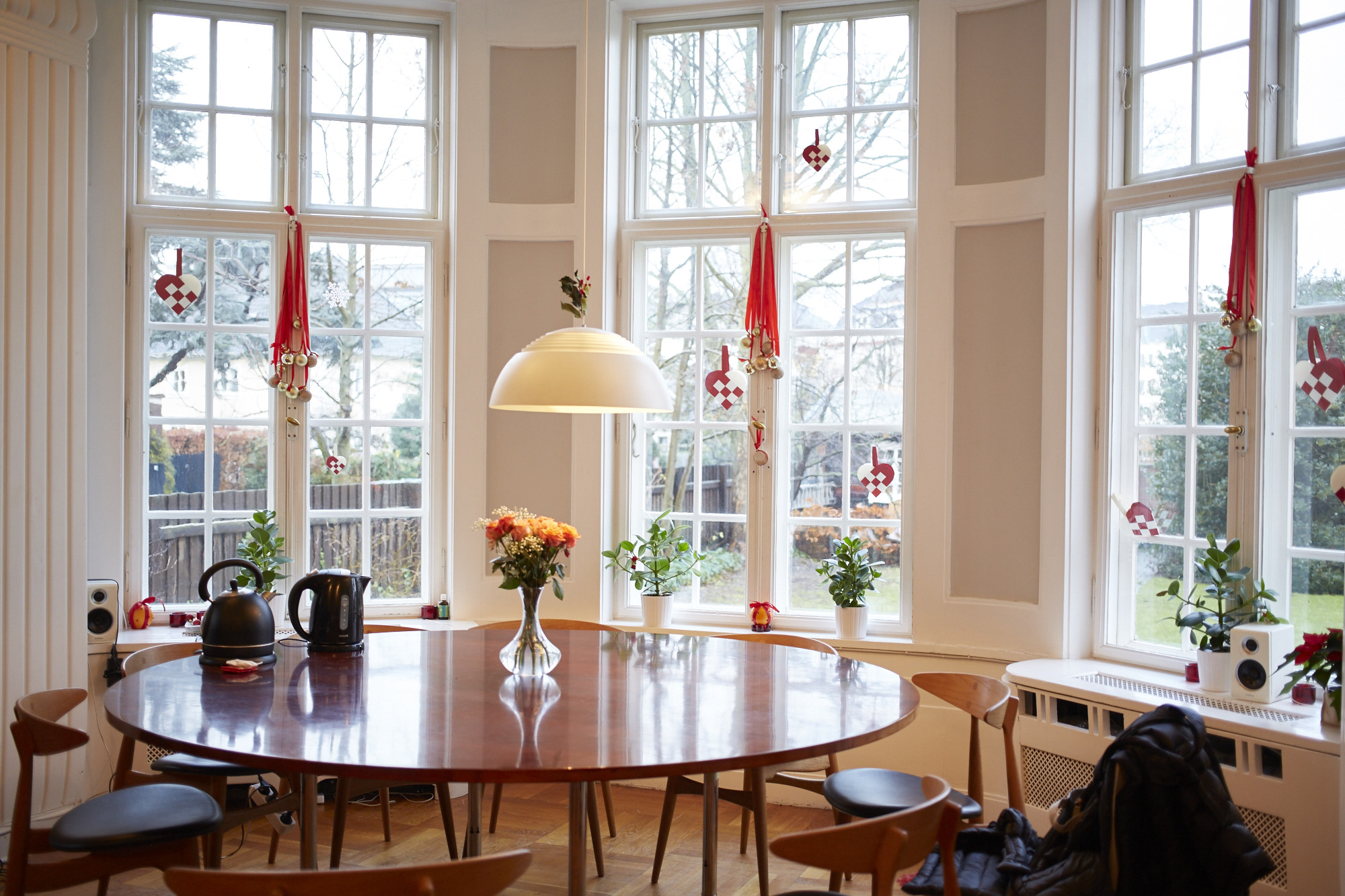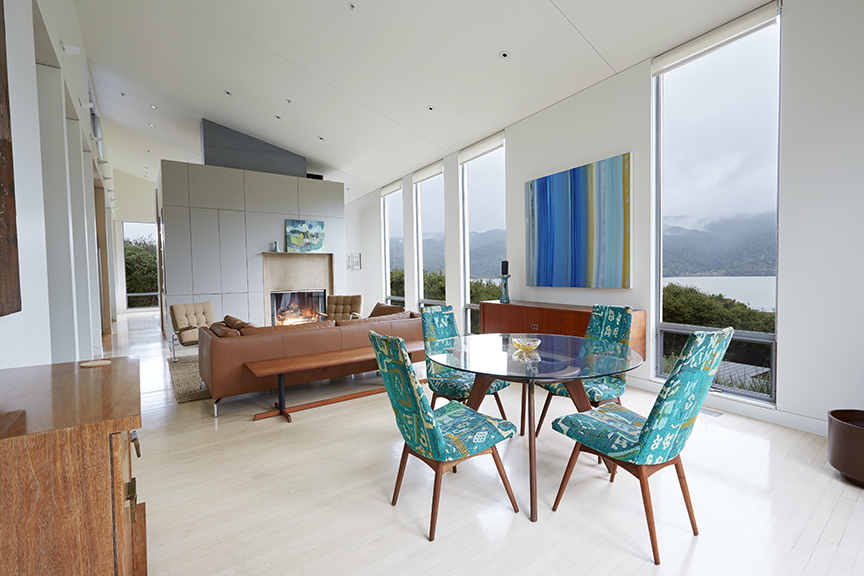Photography has never been more important to selling real estate than it is today. Like any business, there is plenty of competition. If you are new to real estate and architecture photography, here are some general guidelines.

Camera Equipment
The equipment that a photographer uses makes all the difference in the world. Cost and technology make a huge difference.
Full frame cameras bring in more light to the sensor and read more photo data to create much higher quality photos. They also have a better processing chip for better color and contrast for the photos. Kim Richardson currently uses a medium format camera with extremely high resolution.
There are cases where professional lighting is necessary. Having a photographer that knows how to use lighting during twilight shots and low light shots is critical when creating an image that needs to be soft, beautiful, and dynamic.
Approaching the Property
The first image a potential buyer sees (usually) when reviewing properties online is an exterior photo. That photo is important so take the time to find the best angle and best light. Ask the realtor what are the important features to highlight. They usually want exterior photographs from front and rear, a deck or patio, landscaping and gardens, pool or hot tub, a barn, shop, or other outbuildings. Each feature should be emphasized in the composition by using the surroundings, like beautiful gardens leading to a cool garden shed.

Most outdoor subjects benefit from early or late day lighting, including real estate.
Interior Photography
Homes come in all shapes, sizes, styles, and conditions. Once inside, the client can often point out what they deem most important, or what sets their property apart.

Camera Height and Vertical Edges
There is broad agreement among clients and photographers, that if there is to be a rule it will state: verticals must be correct! In most interiors there are edges and corners of walls, door frames, and windows that have vertical sides and these edges need to truly be vertical.
Interior Lighting
Just like a finely lit portrait, interiors can benefit greatly from nicely styled lighting. Most interiors have two light sources: window light and interior lights, both constant light sources. Adding supplemental light can bring out that needed detail.

Post Production
Most standard Real Estate photographers outsource their editing to developing countries that to save time and money. A luxury real estate photographer values the photos enough to take on each project personally. All of the editing is done in-house to create the highest quality photos possible.
Two to five exposures will be blended together in some shots in order to create a perfectly balanced photo. Bringing in the darker exposures where the windows are and the brighter exposures where the shadows are to create a perfectly light balanced photo.
The End Product
Clients often request low res photos for web and high res photos for print publication. The final delivery of the files is made by Dropbox or a comparable online service.



2 responses to “A Guide to Good Photographs”
[…] has never been more important to selling real estate than it is today. The markets are heating up again and demand for real estate creates demand for […]
[…] has never been more important to selling real estate than it is today. The markets are heating up again and demand for real estate creates demand for […]